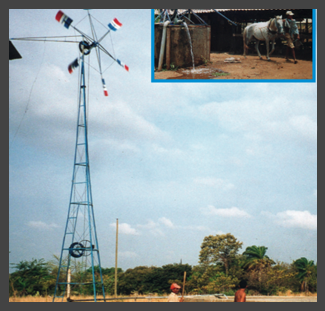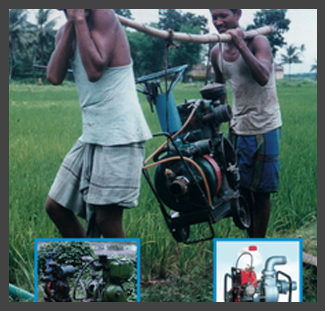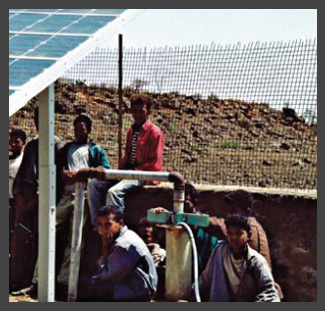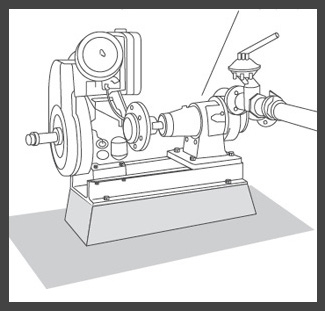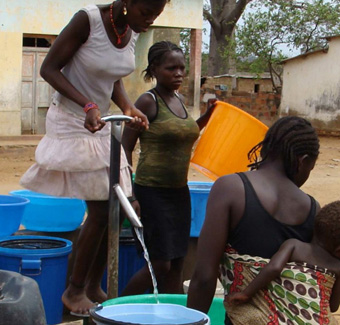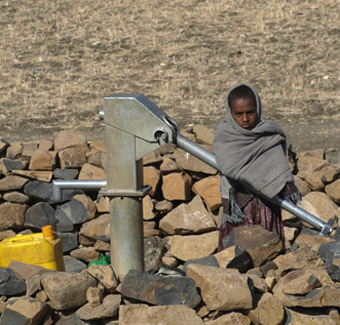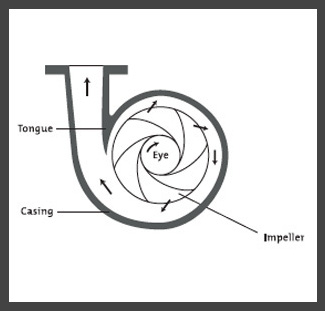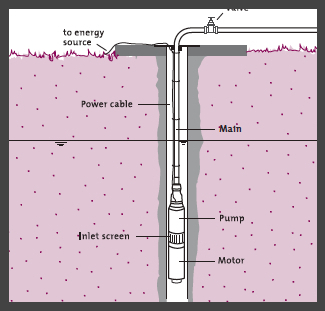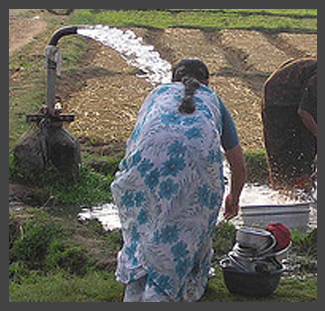Difference between revisions of "Powered pumps"
| Line 47: | Line 47: | ||
[[Image:pumps chart.jpg|thumb|left|700px|Estimates of land area irrigated by small-scale private initiatives in selected countries of sub-Saharan Africa. Chart: [http://www.iwmi.cgiar.org/sww2012/index.aspx IWMI.]]] | [[Image:pumps chart.jpg|thumb|left|700px|Estimates of land area irrigated by small-scale private initiatives in selected countries of sub-Saharan Africa. Chart: [http://www.iwmi.cgiar.org/sww2012/index.aspx IWMI.]]] | ||
| + | |||
| + | |||
| + | |||
| + | |||
| + | |||
| + | |||
| + | |||
| + | |||
| + | |||
| + | |||
| + | |||
| + | |||
| + | |||
| + | |||
| + | |||
| + | |||
| + | |||
| + | |||
| + | |||
| + | |||
| + | |||
| + | |||
| + | |||
| + | |||
| + | |||
| + | |||
Revision as of 04:05, 30 August 2012
Powered pumps refer to pumps that are powered by sources such as: solar, animal, wind, diesel or biogas fuel, water, as well as suction, piston, centrifugal, and diaphragm technologies. The natural methods (wind and solar) are the most environmentally sustainable, yet may have greater initial costs. The hydraulic pump is both sustainable and inexpensive, yet must operate where a difference in water height occurs, e.g. mountainous areas. Some of the other pump technologies require specific maintenance that communities should be prepared for. Some pumps are better suited for community use and some for household use. Most pumps have depth limitations, so be sure to check how deep they can retrieve water.
| Powered pumps | ||||
|---|---|---|---|---|
Small land owners and how they lift water in Africa
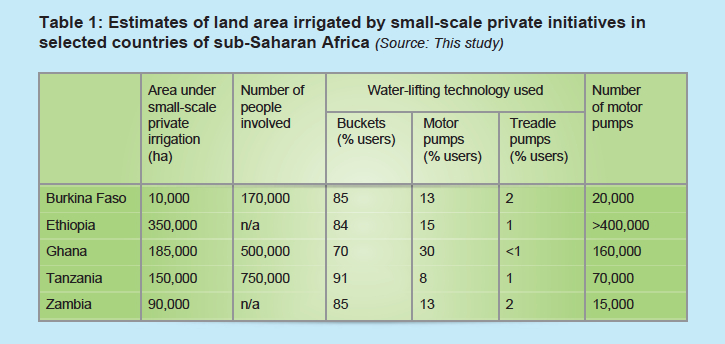
Pumps links
- [http://www.iwmi.cgiar.org/Publications/Other/Reports/PDF/Water_for_wealth_and_food_security.pdf Water for wealth and food security: Supporting farmer-driven investments in
agricultural water management.] 2012 study by AgWater Solutions.
